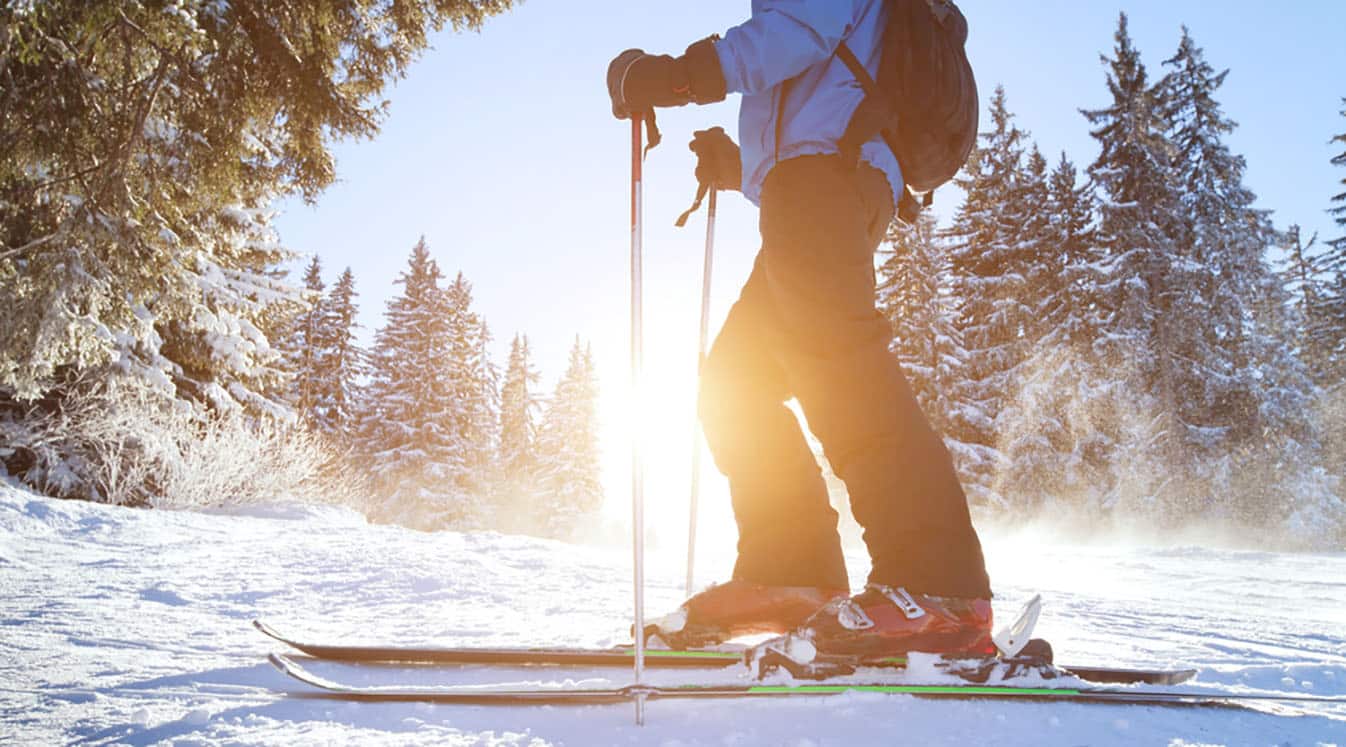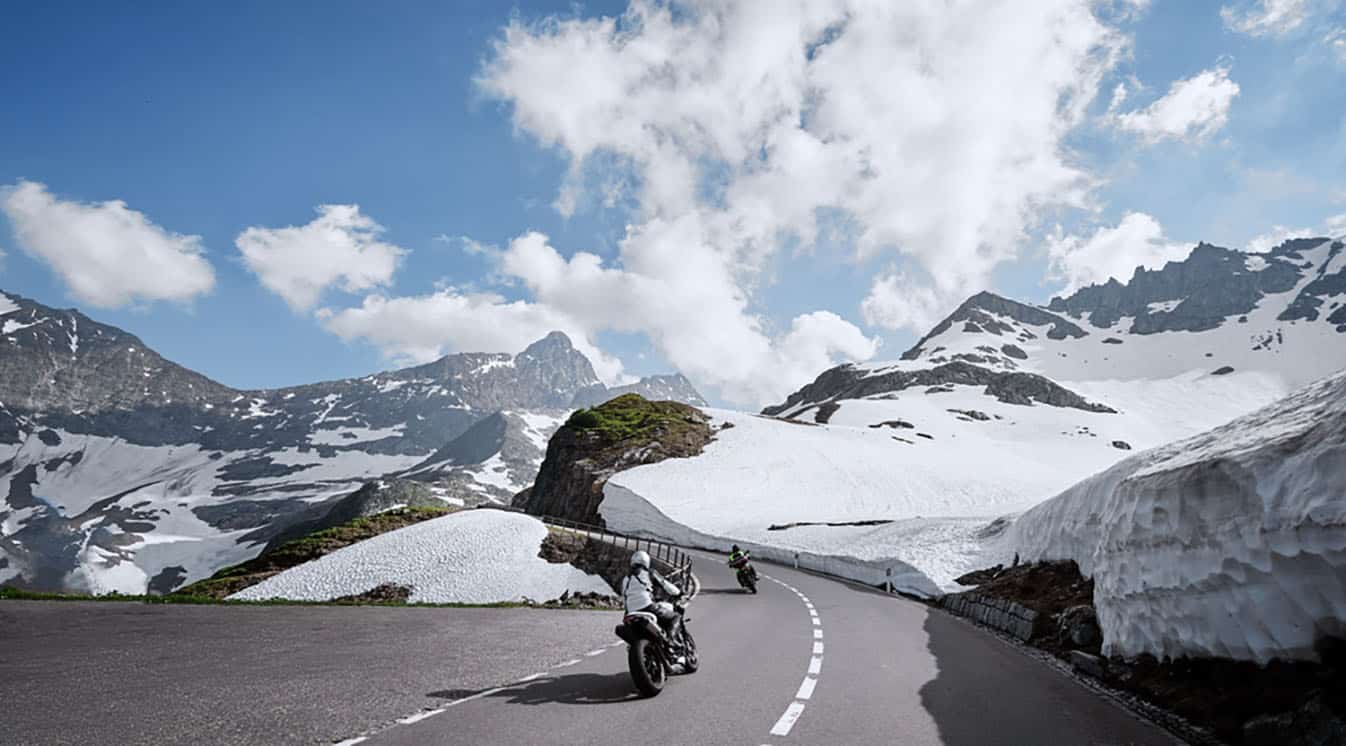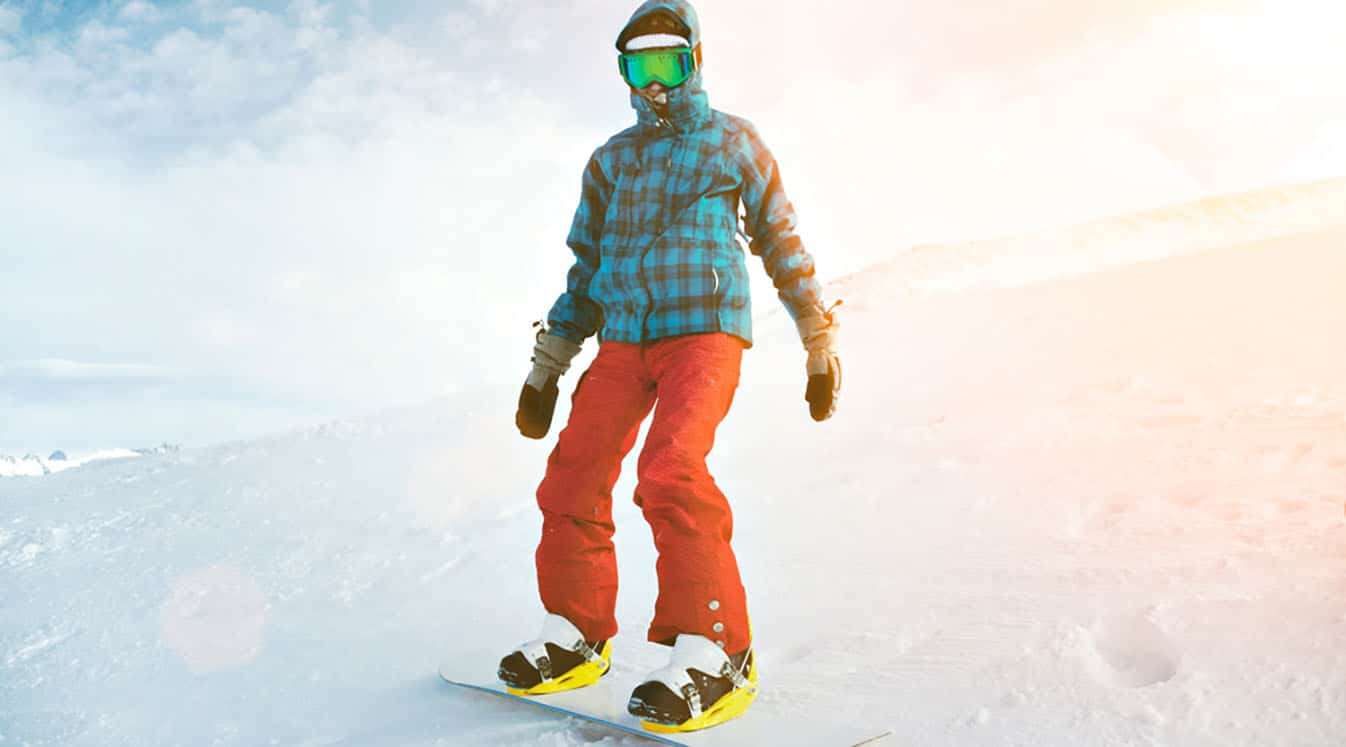Skiing is excellent exercise, putting the body’s biggest muscles to the test. But expect to do a lot of huffing and puffing on the sidelines if you’re not used to being physically active for hours at a time. The sport requires endurance, strength and a robust cardiovascular system, burning anywhere from 250 to over 500 calories per hour, depending on your height and weight.
With so many of us sitting in front of screens for a living, it’s easy to fall behind on regular exercise. Heading out on the slopes with the proper training is crucial. Finding time to train for skiing is easier said than done, but you only need around 30 minutes a day, three days a week, to get in shape. Use this guide to train for the upcoming ski season like a pro.
Ski Training 101
Start your regimen roughly six to eight weeks before the season kicks off. These exercises will help you build the muscles and skills you need to go the extra mile, but working out at home isn’t the same as skiing down a mountain. You’ll be covered in gear with a limited range of motion, forcing you to work the same muscles while working up a sweat. Use moisture-wicking clothing to reduce perspiration, and learn what to wear under your ski helmet to keep your head warm. Consider running or working out in a hat to get a sense of how it will feel on the slopes.
Training for skiing can be broken down into three categories:
1. Muscle Strength
Skiing mainly utilizes your leg and abdominal muscles, both of which are crucial to maintaining your balance. Mix up your regular sit-up routine with planks, bicycles, leg raises, mountain climbers, deadbugs and the Russian twist.
Do lunges, squats, leg presses and deadlifts to build up your legs. Avoid doing the same exercises every week by incorporating new moves. Move onto split squats, walking lunges or one-leg deadlifts to keep your muscles on their toes. Once you’ve mastered each move, slowly add different types of weights, including dumbbells, kettlebells and medicine balls.
2. Endurance and Cardio
Doing cardio will help you last longer on the slopes, so you can make it to the bottom of the mountain or finish the trail before your muscles give out to minimize sprains.
Running, biking, hiking and doing the elliptical will all bring you closer to conquering nature. Slowly increase your distance, time and intensity to make gains. Try high-intensity interval training (HIIT) by going hard for several minutes before coming to a complete stop. Start again after at least 60 minutes of rest. This catches your body off guard, forcing it to burn more calories than you would running continuously. Switch up your cardio twice a week to work new muscles.
3. Stretching and Flexibility
Increase your mobility by stretching your muscles before and after every workout. Do at least 10 minutes of mobility training to extend your reach and work underutilized regions of the body. Yoga will help you build balance to improve stability. Hold each position for several minutes as you clear your mind.
With these moves under your belt, you won’t have trouble cruising up and down the mountain from sunrise to sunset. Don’t forget to drink plenty of water and eat a balanced diet to maintain your progress. Otherwise, you risk running yourself down after a long day of exercise.
Sprains and injuries can still happen even with the best training. Use ski helmet communication to talk to your instructor or companion hands-free while skiing. You can check up on each other mid-trip and remind each other to maintain proper posture to reduce your risk of injury. If you feel one of your muscles tensing up, just speak into the receiver to let them know you need a break.
Use the Cardo Packtalk Outdoor to Talk Hands-Free on the Slopes
Use this guide to get through ski season unscathed so you can spend more time on the slopes and enjoy this great form of exercise.





